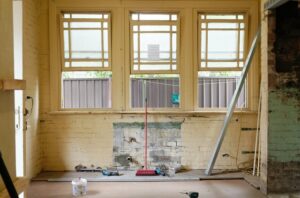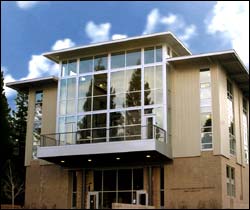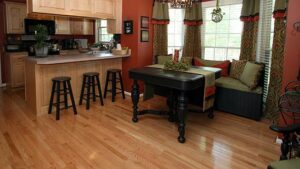As seasons change, so do the needs of your home. Regular inspections and upgrades are crucial for maintaining a sustainable living environment and making sure your home can function properly in every season, particularly in the chilly winter months. We’ve put together these 10 items to check in our home maintenance checklist for winter.
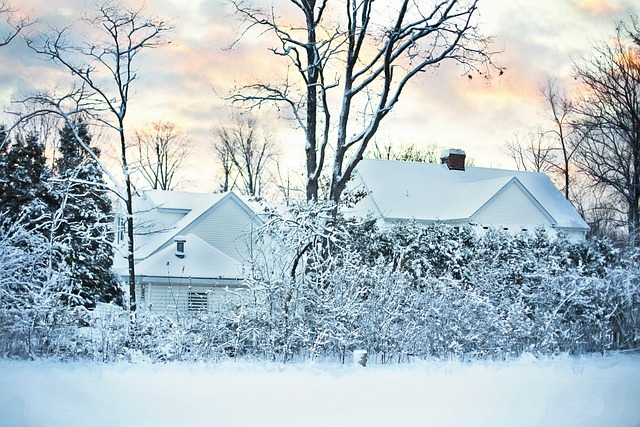
This is especially true in the northern parts of the US but Louisville can experience difficult weather at times. Preparing your home for winter not only ensures comfort but also prevents costly damages. Here are ten key areas to focus on:
1. Heating System Check
First on our home maintenance checklist for winter is your heating system. It is your best friend during the cold months – so you need to see to it that it’s functioning optimally. No one wants a broken furnace when the temperature is near freezing.
Before winter hits, check your heating system thoroughly. Replace filters and look for any signs of malfunction, such as strange noises or uneven heating. Don’t hesitate to call a professional for a more thorough inspection. A well-maintained heating system keeps you warm and saves energy and costs in the long run.
2. Roof Inspection and Repair
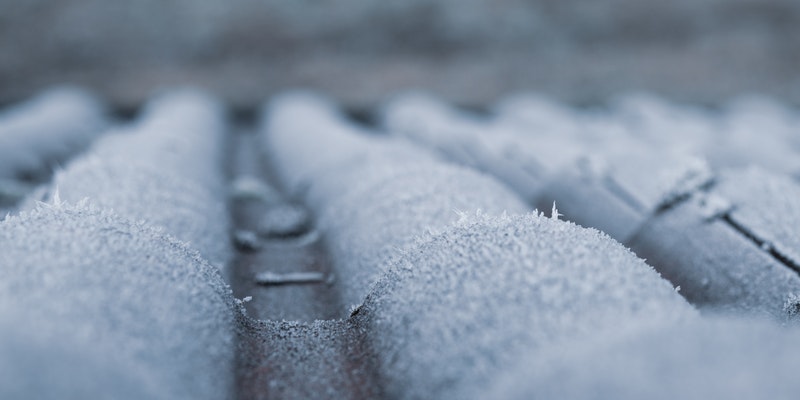
The roof is your home’s first line of defense against winter weather so you want to protect your roof so that it can protect you. Inspect it for missing or damaged shingles, leaks, or cracks, or have a professional do the same. Pay special attention to the flashing around chimneys and vents, as these are common leak spots. Promptly repairing minor issues can prevent more significant problems during winter. Remember, a small leak can lead to big troubles if left unattended.
3. Gutter Inspection and Replacement
Gutters play a critical role in managing winter weather, particularly in places like Gig Harbor, with wet and freezing winters. They direct rainwater and melting snow away from your home, preventing water damage. Hence, it’s vital to ensure your gutters are in top shape. Hire a reliable company to inspect them for clogs, leaks, or damage and then clear out any debris to prevent ice dams, which can cause significant damage. If your gutters are beyond repair, consider asking the company to replace them with models that have built-in heating elements to prevent freezing.
4. Window and Door Insulation
Windows and doors can be significant sources of heat loss. Hence, it is necessary to check for drafts and seal any gaps with weather stripping or caulking. Consider installing thermal curtains to provide an extra layer of insulation. If your windows are old, upgrading to double or triple-pane windows can make a significant difference in retaining heat and reducing energy bills.
5. Chimney and Fireplace Safety
If you have a fireplace, chimney maintenance is essential for safety and efficiency. Creosote buildup can lead to chimney fires, so regular cleaning is necessary. Inspect the chimney for cracks or damage. Ensure the damper opens and closes correctly and that the flue is clear. Hiring a professional chimney sweep can ensure a thorough and safe inspection.
6. Pipe Insulation and Plumbing
Here’s an item in our home maintenance checklist for winter that homeowners can often do themselves. Winter brings the risk of frozen pipes, which can burst and cause significant water damage. Insulating your pipes is a simple yet effective way to prevent this. Focus on pipes in unheated areas like basements, attics, and garages. Foam pipe insulation is an affordable and easy-to-install option, though it is highly advisable to hire professionals for a more thorough inspection and proper installation. Additionally, keep a steady drip of water flowing in extreme cold to prevent freezing. Inspect your plumbing for leaks or weak spots and repair them before they become a bigger problem in freezing temperatures.
7. Energy Efficiency Audit
An energy-efficient home is not only environmentally friendly but also cost-effective, especially during winter. Conducting an energy efficiency audit helps identify areas where heat might be escaping. Check for drafts around doors and windows, and inspect insulation in walls and attics. Upgrading to energy-efficient appliances and installing programmable thermostats can also contribute to reduced energy consumption. This audit is particularly important in areas with severe winters, as it ensures your home retains heat more effectively.
Although the cost of utilities is 1% lower than the US average in places like Gig Harbor, the overall cost of living is 38% higher! That’s reason enough to go for more energy-efficient homes.
8. Exterior Lighting and Safety
With shorter days in winter, good exterior lighting becomes essential for safety and security. Inspect all outdoor lighting fixtures and replace any burnt-out bulbs. Consider upgrading to LED lights, which are more energy-efficient and have a longer lifespan. Motion-sensor lights can provide security and convenience, illuminating areas as needed. Also, ensure that pathways and driveways are well-lit to prevent accidents on icy surfaces.
9. Emergency Preparedness
Winter weather can be unpredictable, leading to power outages and severe conditions. Make sure you’re prepared for any emergencies. Create an emergency kit with essentials like water, non-perishable food, flashlights, batteries, and blankets. Have an alternative heat source, such as a wood stove or generator, and ensure it’s in working order. Familiarize yourself with your home’s main water shut-off valve in case of a pipe burst. Preparing for the worst-case scenario ensures peace of mind and safety during extreme winter weather.
10. Garden and Landscape Maintenance
Your garden and landscape also need preparation for winter. Protect sensitive plants from frost with covers or move them indoors if possible. Prune dead or dangerous branches that could fall under the weight of snow. Mulching can protect root systems and provide nutrients for the spring. If you have a lawn, a late fall fertilizer can help protect it through the cold months.
Conclusion: A Home that Fights the Cold!
Winterizing your home is a comprehensive process that goes beyond just keeping the inside warm. It’s about ensuring every part of your property is prepared for the challenges of winter, especially in colder regions like Gig Harbor. From gutter replacement to emergency preparedness, each step plays a vital role in maintaining a safe, efficient, and comfortable home environment. By addressing these areas, you not only protect your home but also create a sustainable and secure living space for the cold season. Remember, the effort you put into preparing your home for winter not only brings immediate benefits but also contributes to the long-term health and efficiency of your property.

